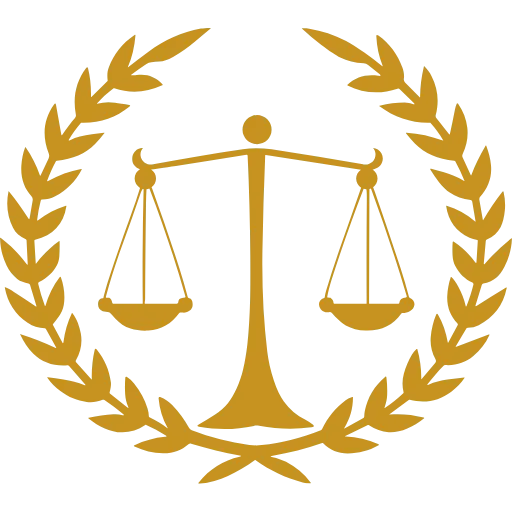Why Witnesses Can Make or Break Your Tempe Crash Claim
When it comes to car accidents in Tempe, liability isn’t always obvious. Lights get disputed. Drivers shift stories. Diagrams fall short. That’s where witnesses come in—not just as passive observers, but as pivotal voices that can influence everything from insurance payouts to courtroom outcomes.
The presence—or absence—of a credible witness can entirely change the outcome of a crash claim.
Especially in places like University Drive, Southern Avenue, or during high-traffic events near ASU, accidents happen fast—and the details are often murky. If you’ve been in a collision, getting statements from people nearby might be the most important move you make after calling 911.
This article breaks down how witnesses affect liability under Arizona law, what qualifies as credible, and how to strengthen your claim using what they saw. If you’re navigating post-crash decisions right now, the Tempe car accident attorney homepage has helpful resources to walk you through the process.
Why Witnesses Matter So Much
In any car crash, fault is determined by a mix of physical evidence, traffic law, and personal accounts. But when physical evidence is limited—such as no video footage, no skid marks, or no admission—witness statements often carry outsized weight.
A witness can confirm:
The color of the traffic light
Which driver ran the stop sign
Whether one vehicle was speeding
If a pedestrian entered a crosswalk legally
If a driver looked at their phone before the crash
Even in distracted driving crashes, a bystander may have seen a phone in someone’s hand. That type of third-party observation carries more weight than your word against theirs.
Arizona’s Legal View on Witness Testimony
Arizona courts allow witness testimony in both insurance disputes and lawsuits. According to the state’s rules of evidence, a lay witness (someone who isn’t a professional or expert) is permitted to:
Describe what they saw or heard
Provide estimates (e.g., “the car was going really fast”)
Reconstruct the sequence of events
Witness credibility becomes key. That means:
They weren’t involved in the crash
They don’t have a personal stake in the outcome
They were paying attention
They can clearly recall the events
When a neutral third party says “that driver ran the light,” it can stop an insurance adjuster from trying to downplay your claim—or pin the crash on you unfairly.
No Witness? Insurance Companies May Exploit That
If there’s no witness and liability is unclear, insurers often default to shared fault or even claim you were primarily responsible. That’s especially common in:
T-bone accidents at yellow lights
Hit-and-runs where the other driver flees
“He said, she said” situations with no visual proof
In these cases, a witness could've confirmed the facts that physical evidence couldn’t. Without one, you're left building your case on less concrete details.
Real-World Examples from Tempe
Tempe’s road layout creates unique risk zones where witness accounts often tip the scales:
Broadway and Mill Avenue: High foot traffic from students and pedestrians increases the odds that someone saw what happened. Witnesses here often help validate crash angles or red-light disputes.
Southern and McClintock: A complex intersection where left-turn sequences cause confusion. When both drivers insist the light was green, the presence of a third-party witness makes or breaks claims.
Near neighborhoods like Escalante and Holdeman: Residential crashes often go unwitnessed—but if a neighbor or passerby caught the moment, their statement can shift a liability ruling entirely.
How to Secure Witness Information
If you're physically able after a crash:
Ask around quickly. Most witnesses leave the scene within minutes.
Get full names and contact info. Phone number and email ideally.
Ask for a short voice memo or video statement. If they’re comfortable, it helps later.
Write down what they describe while it’s fresh. Details fade fast.
If you're injured and can’t do this yourself, ask a friend, bystander, or responding officer to collect it.
Tempe police may also note witness info in the crash report—but it’s not guaranteed. Tempe.gov lets you request your report once it’s processed, usually in 7–10 days.
What If the Witness Disappears?
You can still use any statement they gave at the scene. But it’s more powerful if the witness can later:
Sign an affidavit
Provide a written statement
Testify (even remotely) if the case escalates
If you lose track of them, you can check with the police report or send a formal subpoena if the case goes to litigation. az.gov offers lookup tools for verifying identities or locating public records tied to crash investigations.
Witness Credibility: What Can Hurt It?
Not every witness is created equal. Factors that can damage the usefulness of a witness include:
Involvement: A passenger in your vehicle may be seen as biased
Unreliable memory: “I think” or “maybe” language won’t help
Intoxication or distraction: If they were impaired or not paying attention
Contradictions: If their story shifts over time
That’s why the best witness is a neutral bystander who clearly saw what happened and can articulate it consistently. If you have one, preserve their testimony early. The Tempe legal help center has tips on how to do this without legal pressure.
Final Thoughts
A good witness can turn an uphill battle into a winning claim. But too many Tempe drivers walk away from crash scenes without realizing someone nearby might have seen everything.
Whether it’s a red light dispute, a distracted driving crash, or a hit-and-run, a strong witness statement is one of the most valuable pieces of evidence you can have.
Don’t leave it to chance. If you’re in a wreck, make it part of your response checklist: Was anyone around? Did they see it happen? Can I get their info?
For more help gathering the right documentation and understanding Arizona’s approach to witness liability, visit Tempe car accident attorney.
